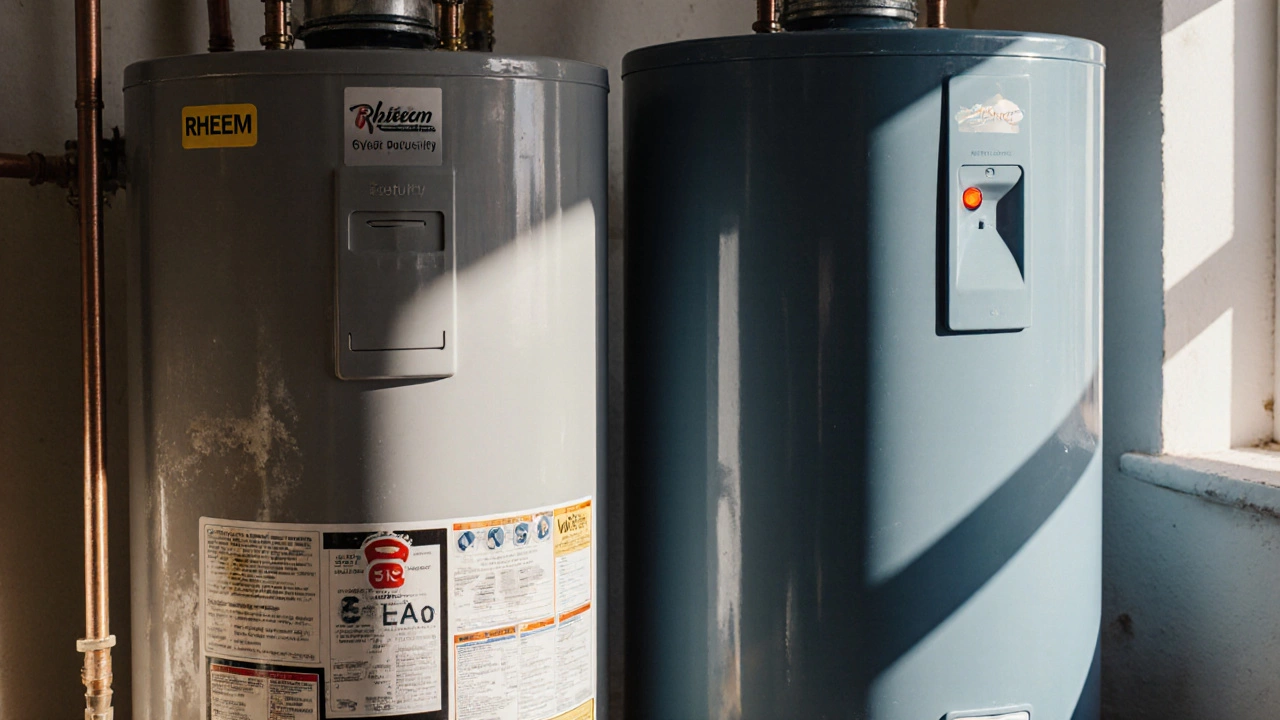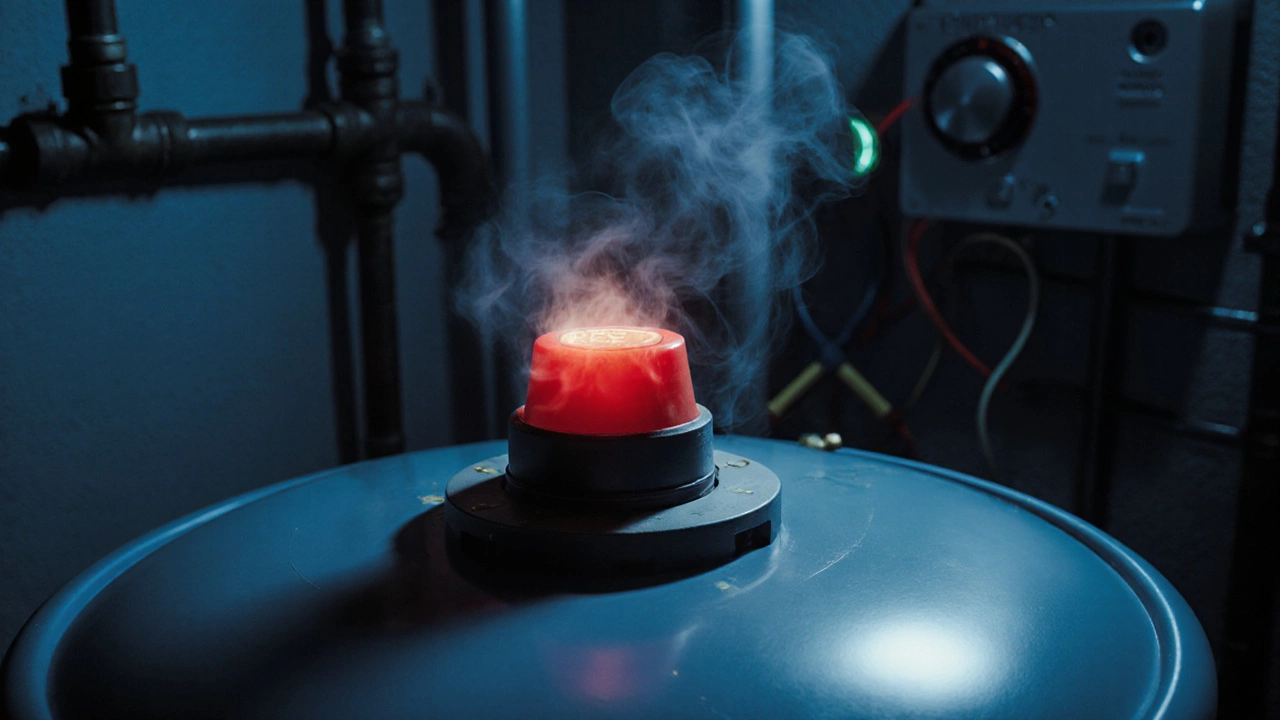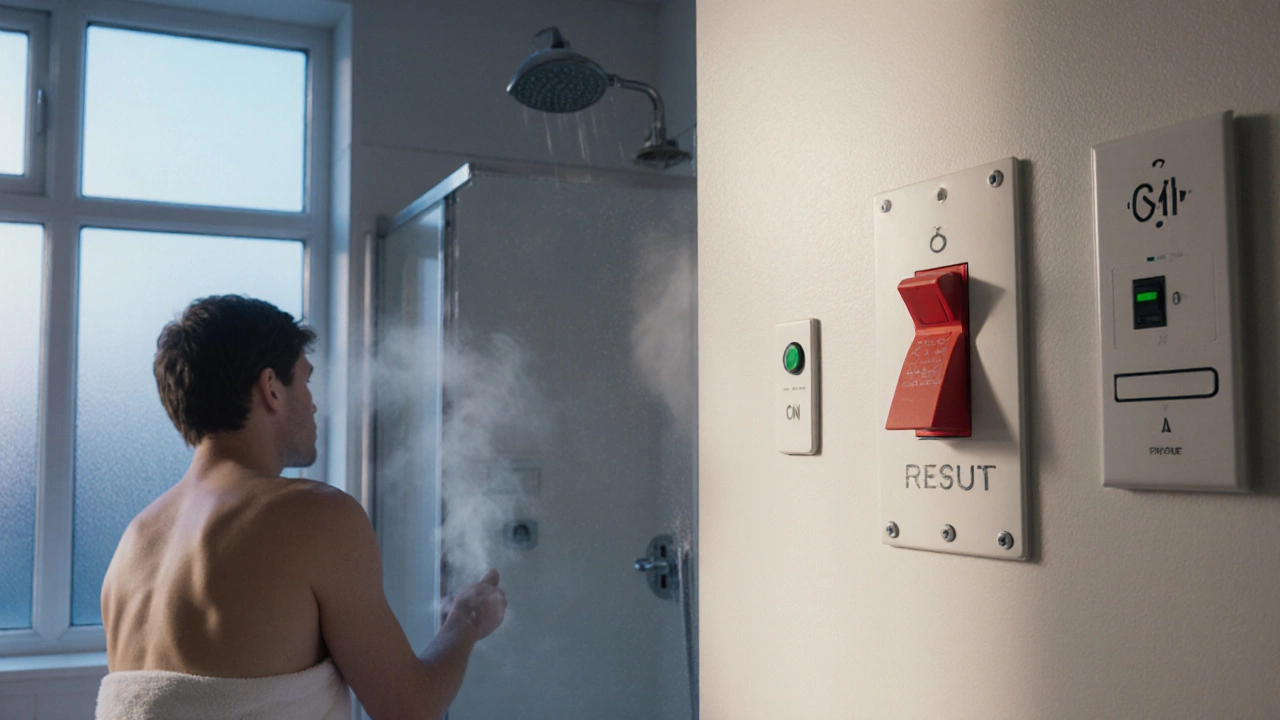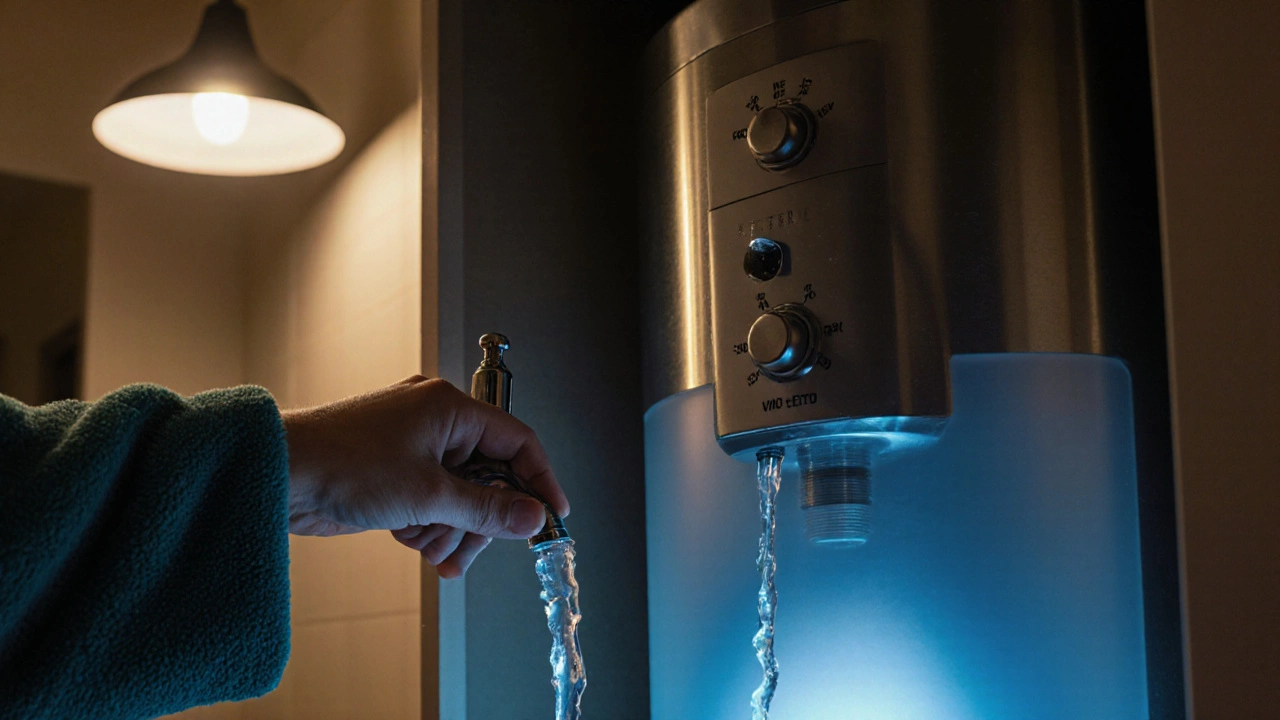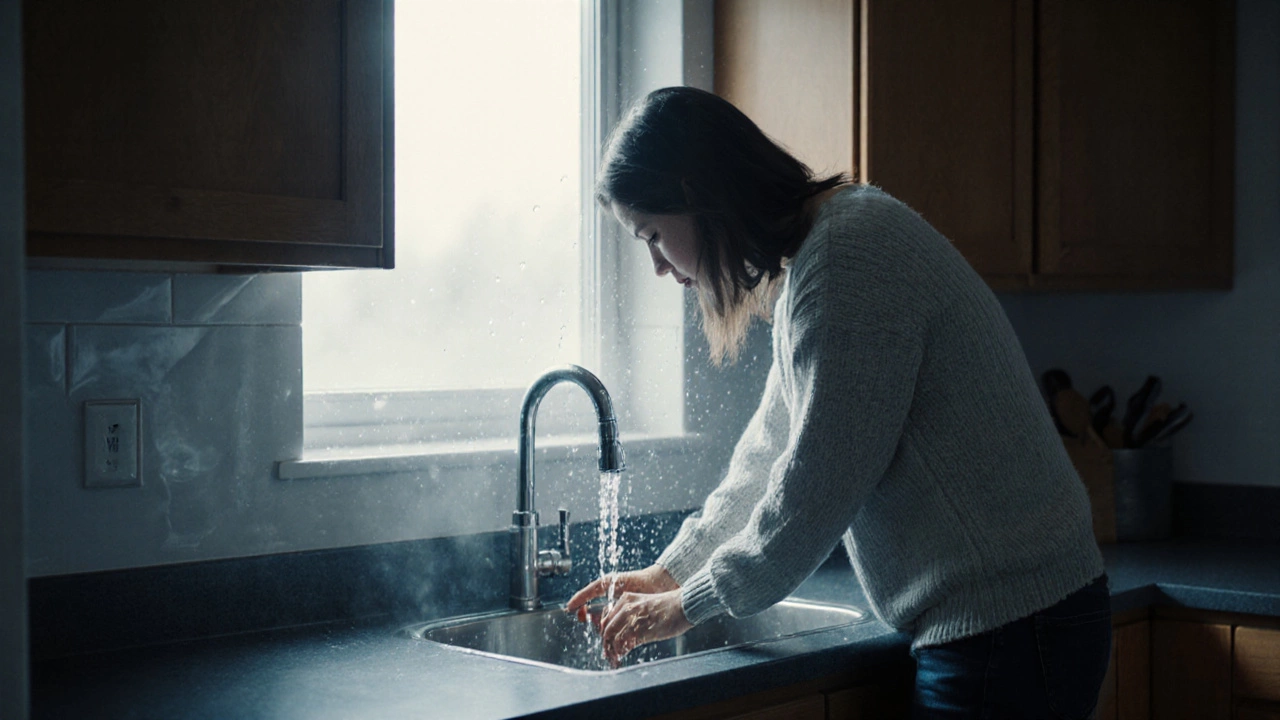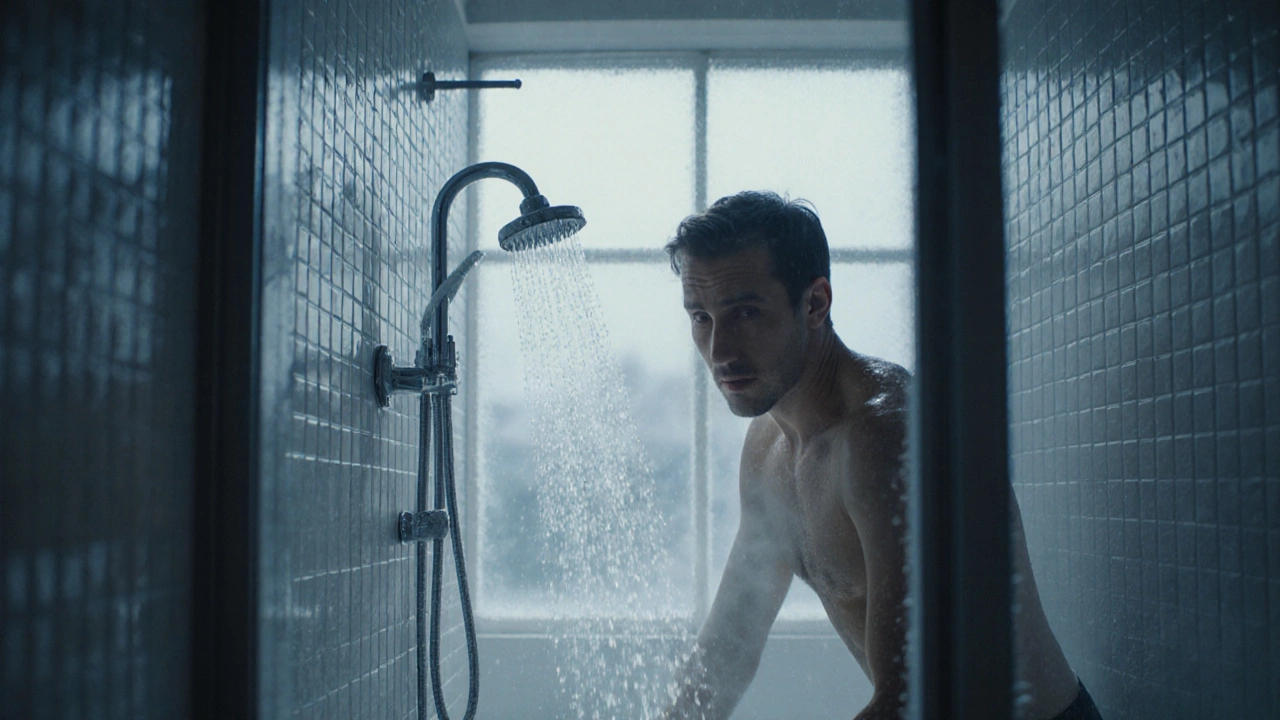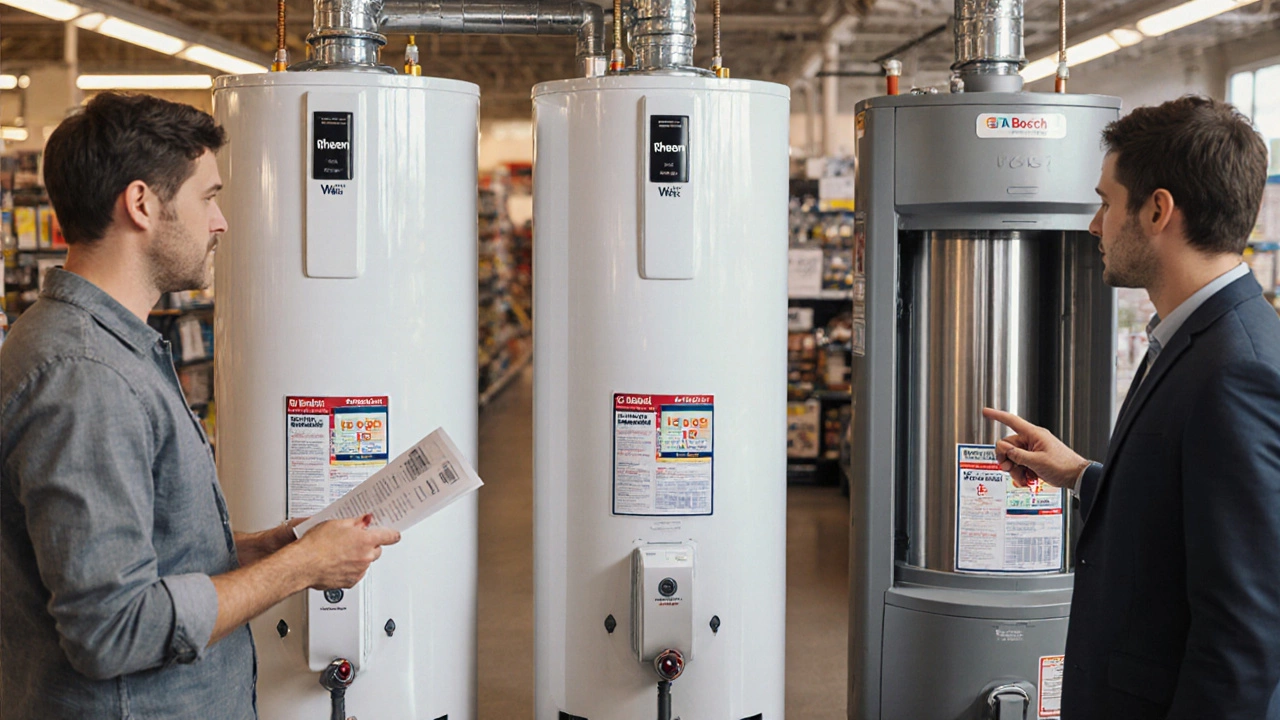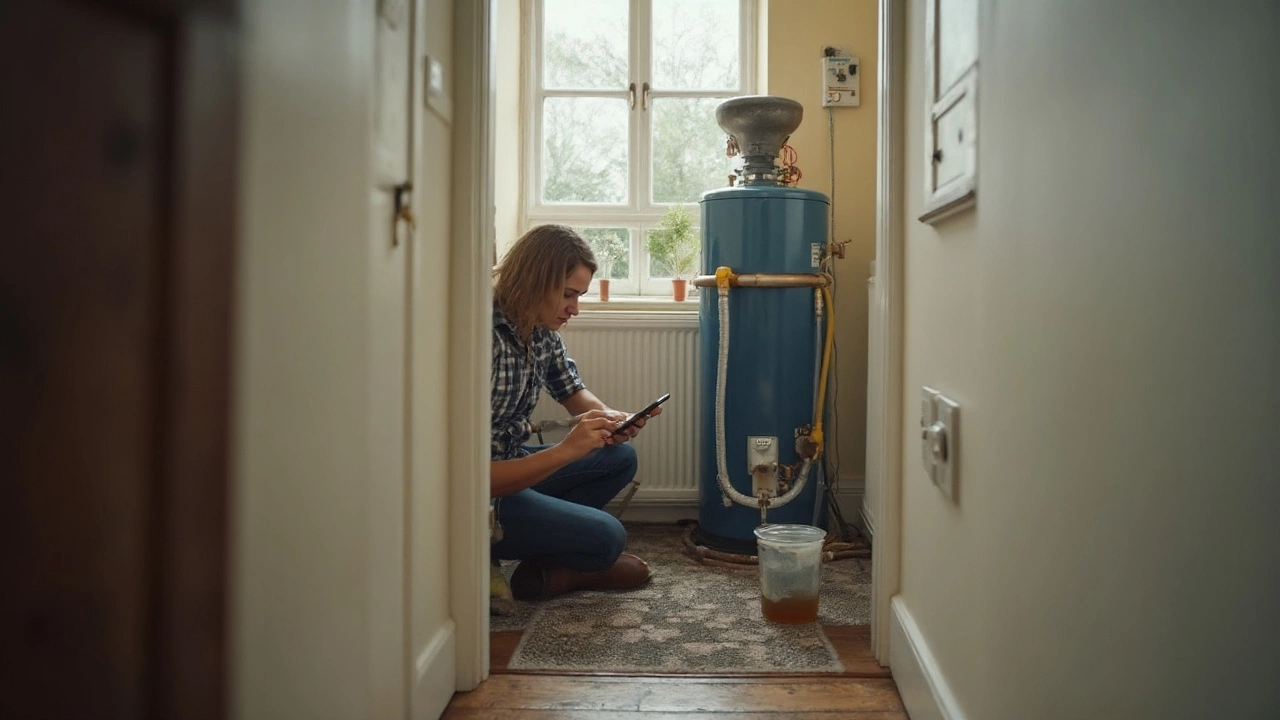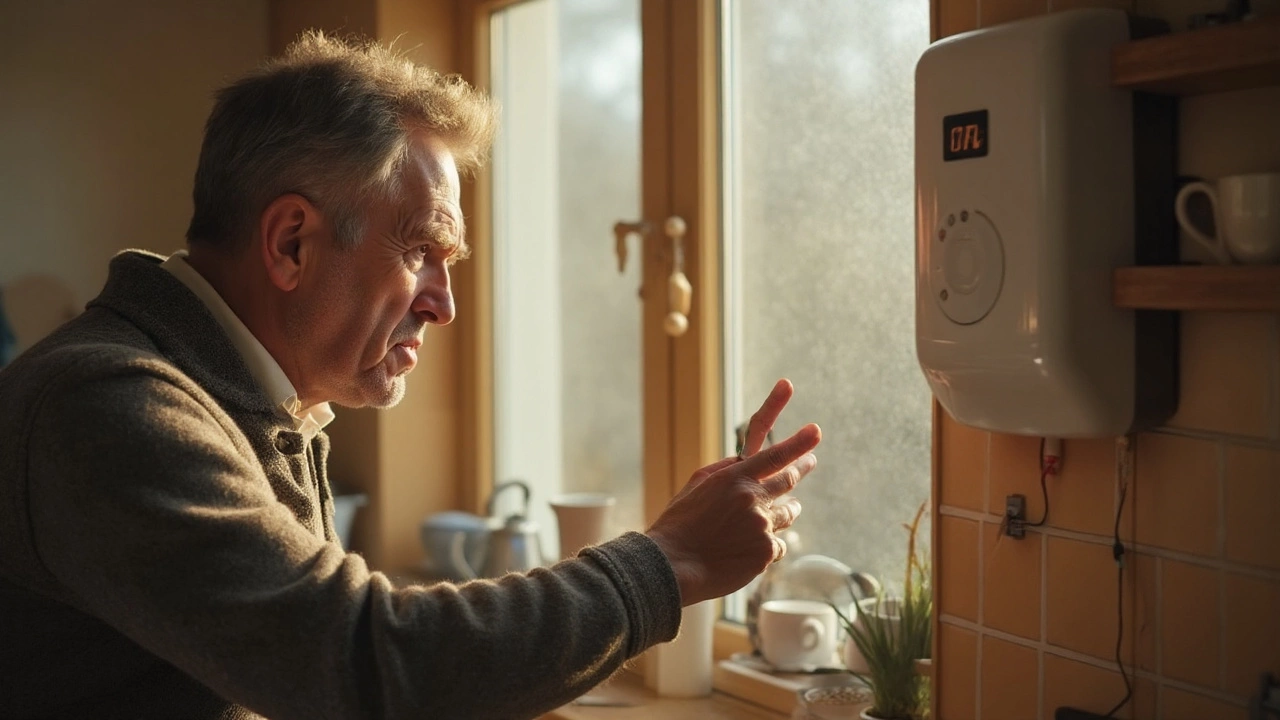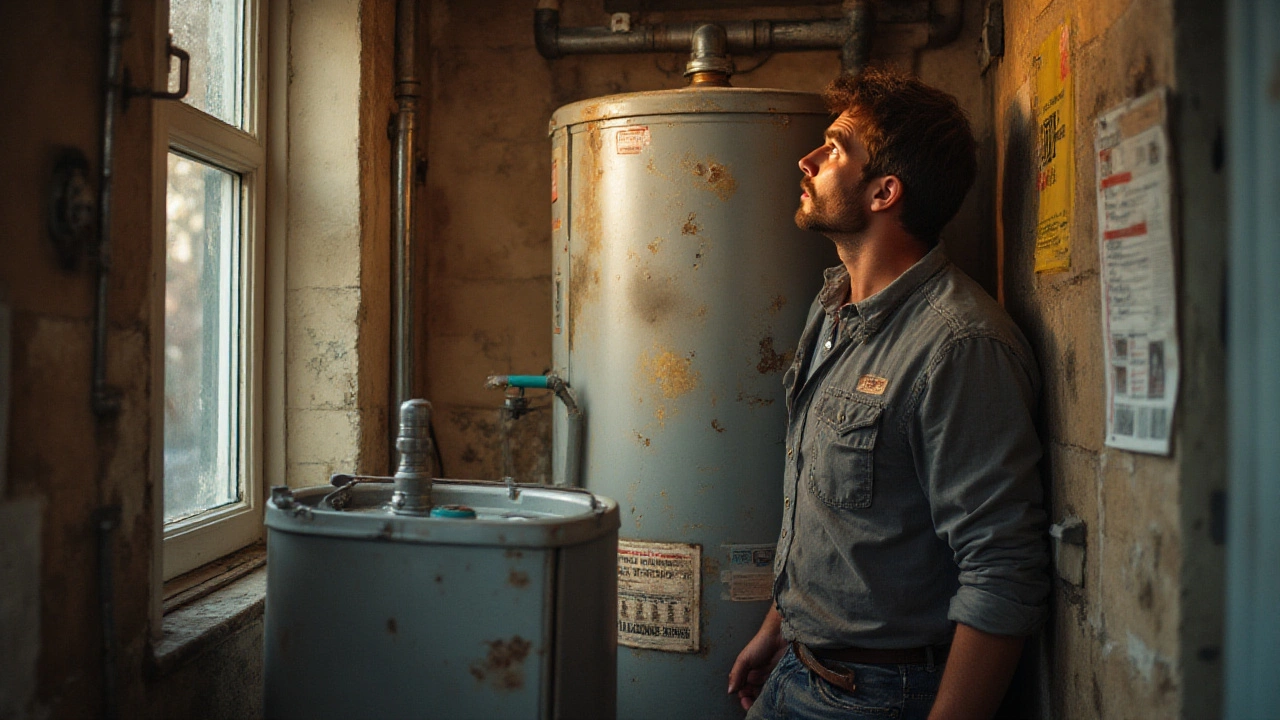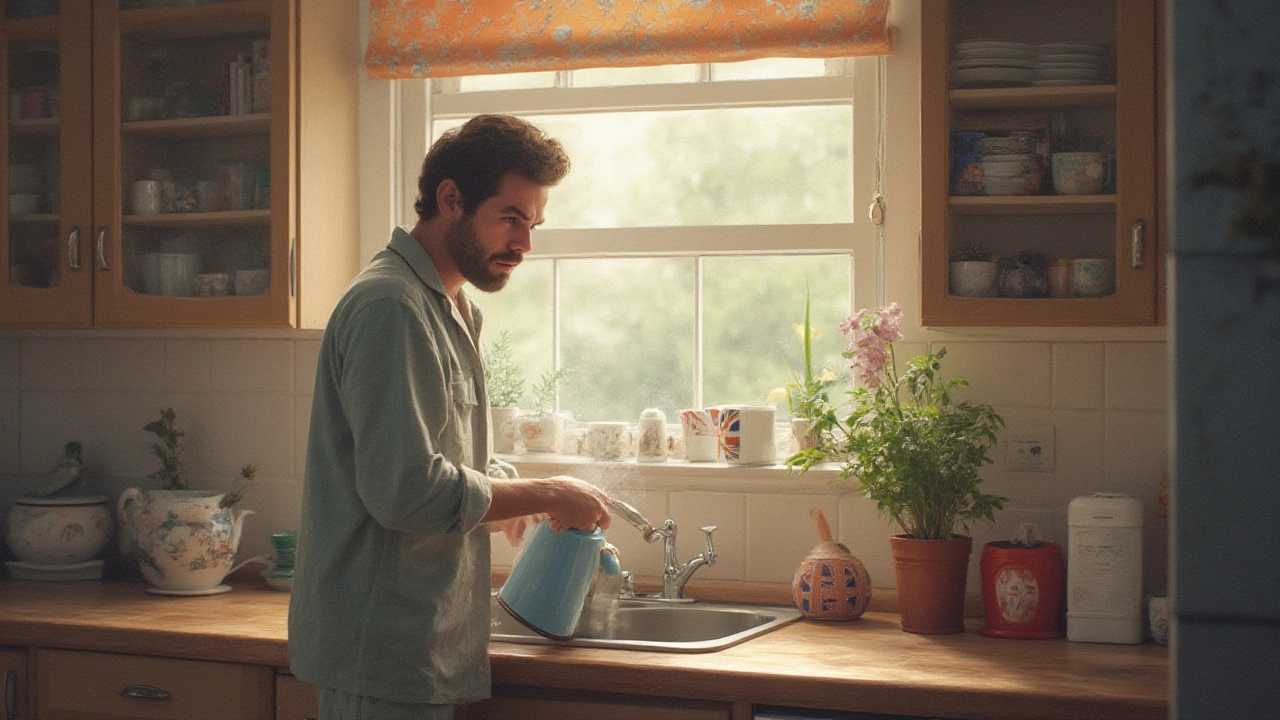Rheem and AO Smith are two top water heater brands. AO Smith lasts longer and is more efficient, especially in hard water areas. Rheem is cheaper upfront and easier to repair. Choose AO Smith for long-term value, Rheem for short-term savings.
Water Heater Repair – Get Hot Water Running Again
If your shower feels like a cold plunge, the water heater is probably the culprit. Most problems are simple enough to spot at home, but a few need a qualified tech. Knowing the difference saves you time, money, and a lot of frustration.
Quick DIY Checks Before You Call a Pro
First, make sure the power or gas supply is on. A tripped breaker or a pilot light that went out can shut the whole system down. Reset the breaker or relight the pilot – follow the manufacturer’s guide and stay safe.
Next, feel the thermostat dial. If it’s set too low, raise it a few degrees and wait a few minutes. Still no heat? Check the reset button on the heater. Press it firmly for a second; if it pops back out, the heater may have overheated and needs a deeper look.
Look for leaks around the tank, the valve, and the pressure relief pipe. Small drips often mean a worn anode rod or a loose connection. Tighten fittings, but don’t over‑tighten – you could damage the threads.
Another easy test is the sediment build‑up check. Turn off the heater, let it cool, then open the drain valve and let some water run out. If the water comes out cloudy or with debris, the tank needs flushing. Flushing removes mineral buildup and can restore efficiency.
When Professional Repair Is the Best Choice
If the heater doesn’t fire up after you’ve checked power, gas, and the reset button, it’s time to call an expert. Faulty heating elements, broken thermostats, or corroded tanks require specialist tools and knowledge.
Experienced technicians can also test the pressure relief valve, replace the anode rod, and inspect internal wiring. Replacing an anode rod costs a modest amount and can add years to your heater’s life, especially in hard‑water areas.
Age matters too. A water heater that’s 15‑20 years old may be nearing the end of its useful life. If you notice rust stains, loud rumbling, or a sudden drop in hot water output, weigh repair costs against a new unit. New models are more energy‑efficient and could lower your bills.
Safety can’t be ignored. Gas leaks, electrical shorts, or a burst tank are hazards that only a licensed plumber or electrician should handle. Trying to fix those yourself could put your home at risk.
Regular maintenance keeps problems at bay. Schedule a flush once a year, check the pressure relief valve, and test the reset button during each service visit. Simple habits prevent costly breakdowns and keep the water hot when you need it.
Bottom line: start with the basics – power, pilot, reset, leaks, and flushing. If those steps don’t restore heat, call a professional for a thorough diagnosis and safe repair. With the right care, your water heater will keep the family warm for years to come.
Pressing the reset button on your water heater might bring back hot water-but only temporarily. Learn when it's safe to reset, why it trips, and how to fix the real problem before it becomes a costly repair.
A practical step‑by‑step guide to troubleshoot and fix a no‑hot‑water shower, covering power checks, thermostat, heating element, sediment, dip tube, mixing valve and when to call a pro.
Discover the most common cause of water heater failure, how to spot it, diagnose the issue, and keep your heater running longer with simple maintenance tips.
Find out why you have no hot water, the most common cause, quick diagnosis steps, fixes, and when to call a pro.
Discover why hot water stops flowing, from thermostat failures to pilot‑light problems, and learn practical DIY steps to restore hot water fast.
- 12 Oct 2025
- Gideon Thornton
- 0
Longest‑Lasting Water Heater Brands: Which Ones Really Outlast the Rest?
Discover which water heater brands truly last the longest, how to spot durable models, and the maintenance steps that add years to your hot‑water system.
- 5 Sep 2025
- Gideon Thornton
- 0
Should You Flush a 10‑Year‑Old Water Heater? Risks, Steps, and When to Replace
Worried about flushing a 10‑year‑old water heater? Learn when to flush, when to skip, and when to replace. Safe UK steps, costs, and pro tips.
Frustrated by a hot water heater that won't kick on? Discover causes, practical fixes, and common mistakes. Easy troubleshooting from a real-world view.
20-year-old water heater acting up? Dive into real-world facts, costs, safety tips & pro advice to decide whether you should repair or replace your aging water heater.
- 30 Jul 2025
- Gideon Thornton
- 0
Hot Water Stopped Working? Causes, Fixes & Prevention Tips for Water Heaters
When your hot water suddenly stops working, it's more than just an annoyance. Get real fixes, quick checks, and preventative tips from someone who's been there.
Get clear advice on flushing versus draining your water heater. Learn the facts, tips, and real-life steps for proper maintenance to avoid breakdowns and save money.

